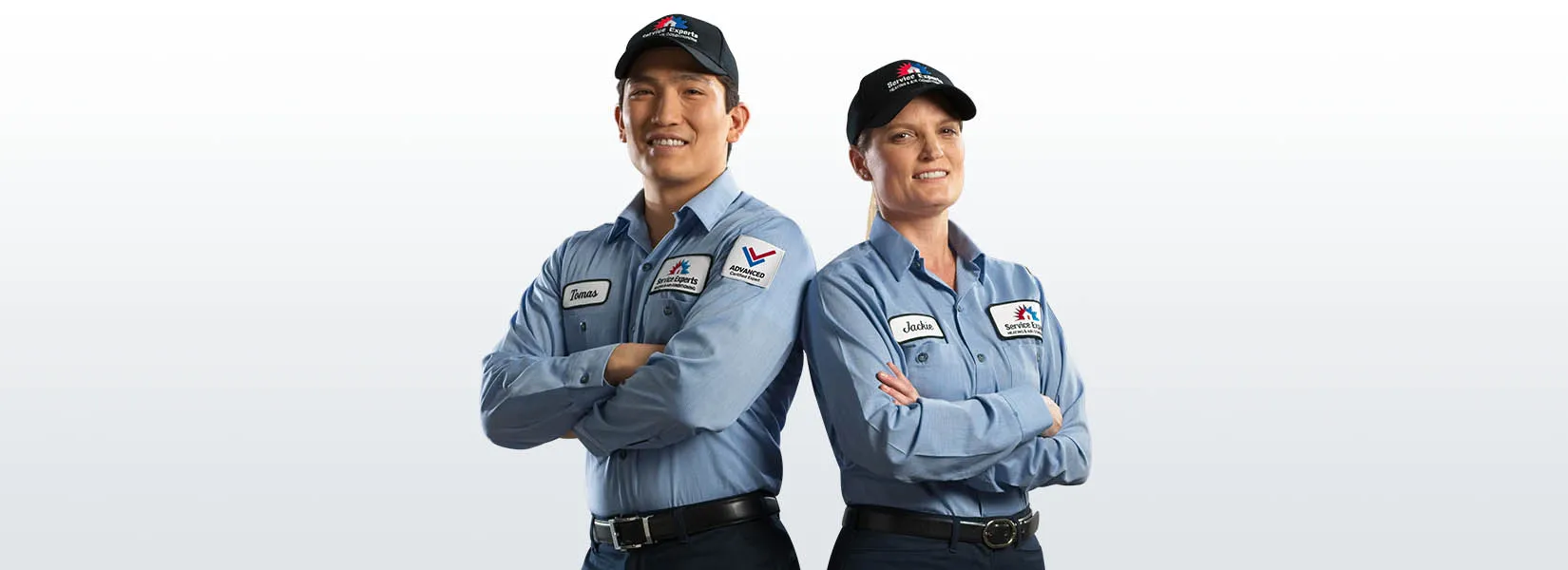Prepping Your Home’s HVAC Equipment for Storms
Sometimes it feels like storm season is all year. Spring brings rain storms and tornadoes, while summer starts the hurricane season. Before the Atlantic hurricane season tapers off in November, blizzards are upon the north. The well-being of your family during dangerous storms should invariably be priority. But even while the winds die down and the rain dries up, you still need to make sure that your home and family stay safe. Here are some suggestions for preparing your home’s heating and air conditioning equipment for storm season.
Attach Your Air Conditioning
Your outside air conditioning equipment should be placed on a concrete pad and properly attached to avoid the system from going up in the air or washing away over the course of a storm. If you live in a climate that generates hurricanes, it may be necessary to fasten your AC with hurricane straps to protect the equipment from high winds. Ask your expert technician about fastening down your home’s AC during your AC Tune-up.
Stop the Surge
You can’t really avoid the surge that often happens during a storm, but you can safeguard your heating and cooling equipment from it. Put in a high-quality surge protector where any heavy appliances, such as a furnace, are plugged into a standard wall outlet, to automatically shut off your heating system if there’s an increase in the line voltage. This will help shield the electrical components in your heating and cooling equipment that the power surge could damage. Be sure never to touch any electrical components, and seek expert help if you are not familiar with using surge protectors properly.
Provide Cover
You and your family need to acquire shelter first and foremost, but if time allows, shut down your HVAC system and cover the outside equipment with a tarp. Before turning your system back on after the storm, make sure you remove the tarp and clean up any debris.
This, Too, Shall Pass
Once the storm is over, be sure the system is safe before turning your heating and cooling system back on. First, verify there are no signs of damage and get rid of any debris from around the equipment. Try to evaluate and verify there is no apparent harm to any of the refrigerant or electrical lines running from your air conditioning system. Call 204-988-4575 for an equipment inspection if appears there has been any damage or flooding to the equipment. Once you’ve had the system checked by an expert to ensure safe function, turn the heating and air conditioning system back on ASAP to help dry the home and limit mold from getting into your system or ductwork.
If your system has had any damage, check out these tips on What To Do If Your Air Conditioning System Experiences Flooding or Hail Damage and then call Winnipeg Supply Service Experts and ask about our membership options to help keep your HVAC system in working order all seasons long.

